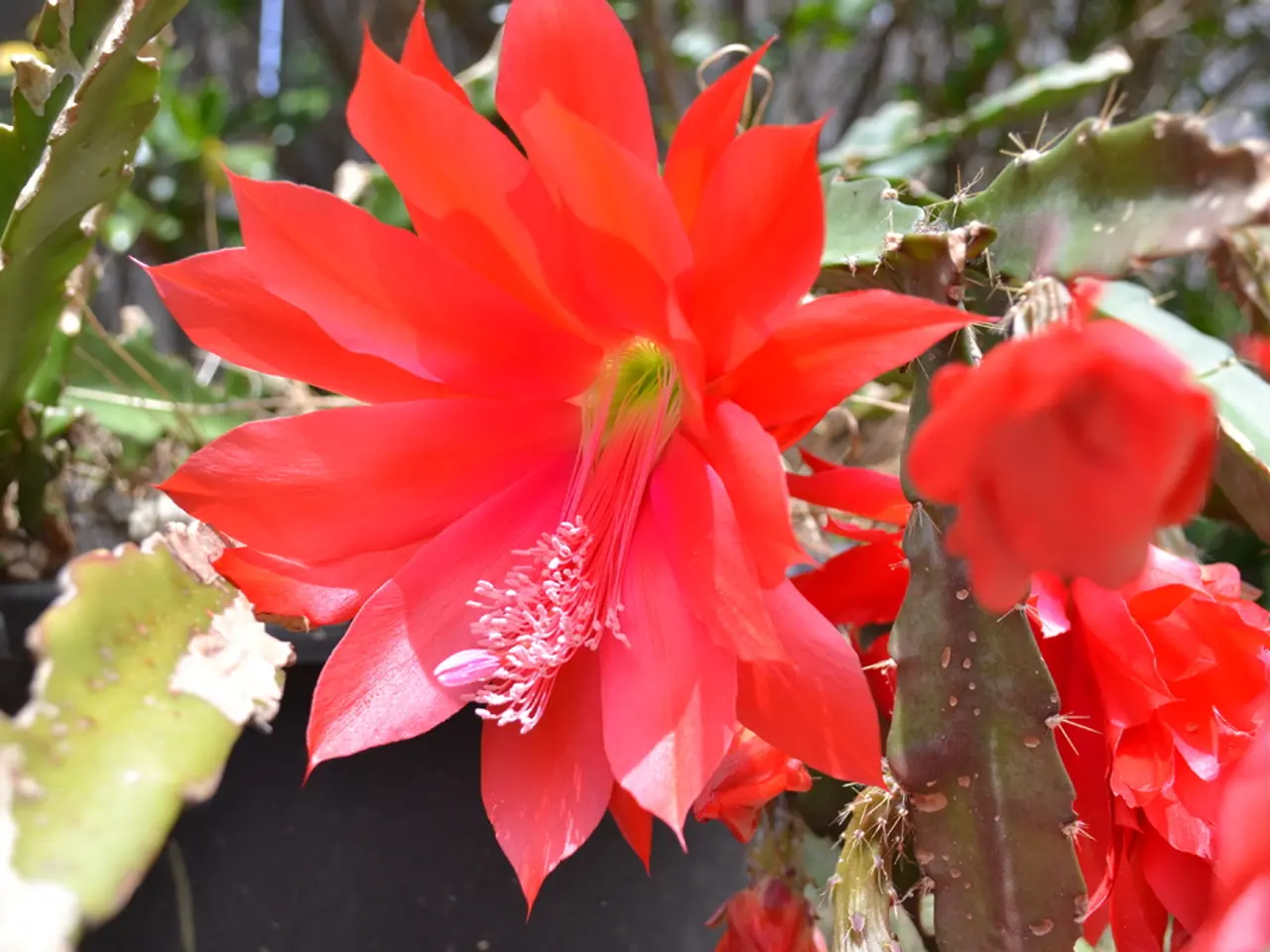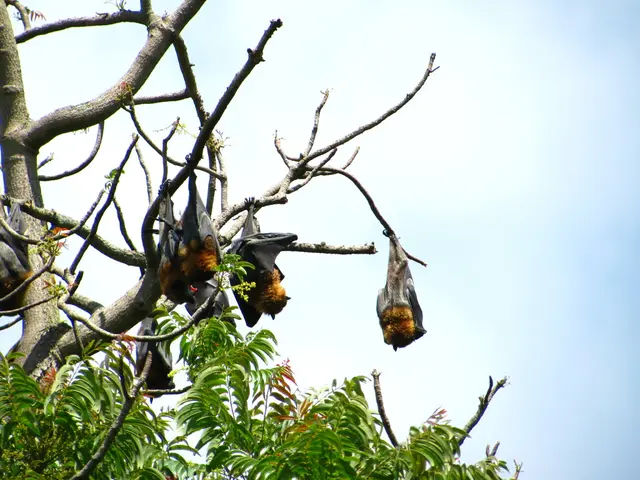Exploration of Ultraviolet Fluorescence in Greenery: A Study by Craig Burrows on Plants and Blossoms through UV Light.
Craig Burrows, an eclectic photographer based in Southern California, has been captivating audiences with his unique and mesmerizing fluorescent photography since 2010. His work evolved from a simple curiosity about how flowers react under ultraviolet light, revealing hidden patterns, colors, and glows that are typically invisible to the human eye.
Burrows' interest in plants deepened as a result of his photography work. He began researching species names, locations, and ecological roles of the plants he photographed. This knowledge not only enriched his images but also allowed him to highlight the importance of native ecology and the threats it faces, such as habitat destruction and climate change.
The technique Burrows uses is called ultraviolet-induced visible fluorescence (UVIVF). He employs high-intensity UV lights to illuminate flowers and plants, revealing patterns, colors, and glows that are typically invisible to the human eye.
To achieve this, Burrows sets up his equipment in a dark environment to minimize interference from visible light. He then collects and prepares his subjects, cleaning and staging them before exposing them to UV light. This fluorescence is captured by the camera, resulting in visually striking images that often display flowers glowing in otherworldly blues and teals.
These colors are simulating how bees and other pollinators perceive the plants, which are attracted to UV-reflecting and fluorescing patterns. The UVIVF technique offers a new perspective on nature, highlighting the unique characteristics of flowers that are specifically visible to pollinators like bees.
It's important to note that Burrows' work does not digitally manipulate images; it records the fluorescence emitted by the plant itself. His objective is to create beautiful, unique images using this technique.
Burrows is self-taught and has a background in physics. He started this work without any specific goals but found it to be a beautiful technique. His work intersects scientific curiosity and artistic expression, underscoring the hidden complexity and beauty of natural processes.
If you're intrigued by Burrows' work, you can find more of his photographs on his website and Instagram. His images are not just aesthetically pleasing; they serve as a reminder of the hidden beauty that surrounds us, waiting to be discovered.
[1] Craig Burrows' Instagram [2] Craig Burrows' Website [3] Article about Craig Burrows' work








